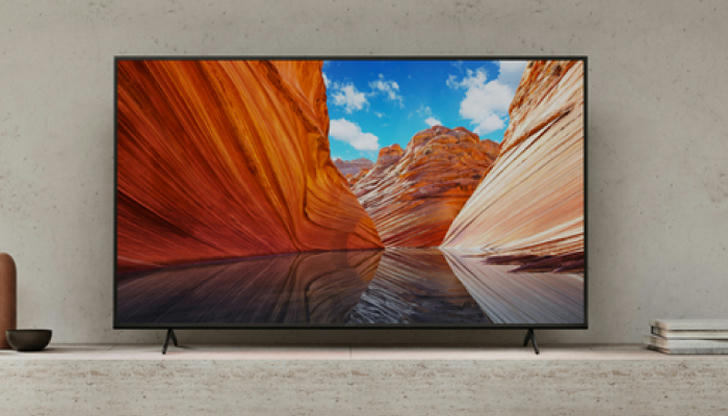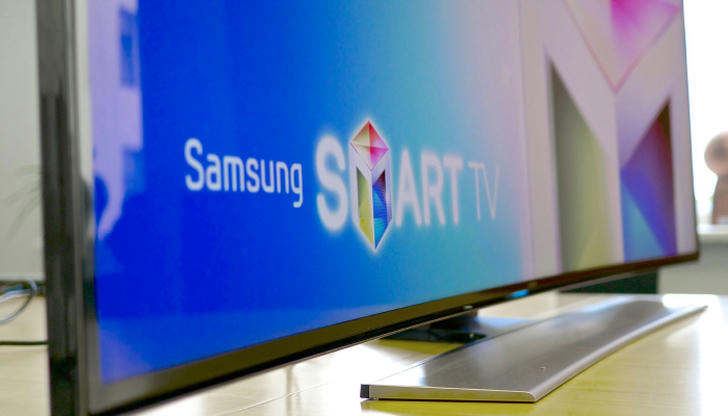The Evolution and Market Potential of Television Sets: A Focus on Emerging Technologies and Consumer Trends

In the digital age, the television set (TV) has transformed from a mere entertainment appliance into a multifaceted smart device, integrating advanced technologies and catering to evolving consumer preferences. This paper explores the evolution of TVs, emphasizing key milestones, technological advancements, and the impact on consumer behavior. It delves into current market trends, highlighting the rise of smart TVs, ultra-high-definition (UHD) displays, and immersive technologies such as virtual reality (VR) and augmented reality (AR). Furthermore, the paper analyzes challenges faced by the industry and proposes solutions to capitalize on emerging opportunities. Case studies from leading manufacturers and market strategies illustrate practical applications and future directions. Television, once a luxury item confined to living rooms, has evolved into an indispensable part of modern households. Over the decades, advancements in technology have reshaped the TV industry, driving innovations that enhance user experience, accessibility, and interactivity. From the advent of color TVs to the proliferation of smart TVs, each evolution has been marked by a profound shift in how people consume media. This paper aims to dissect these transformations, assess current market dynamics, and outline strategies for navigating the future landscape of television
Evolution of Television Technology
- Evolution of Television Technology 2.1 Early Developments The history of television dates back to the late 19th century, with pioneering work by scientists like Philo Farnsworth, who developed the first practical electronic television system. Early TVs were monochrome, bulky, and had limited resolution. The transition to color broadcasting in the 1950s marked a significant milestone, broadening the appeal of television and fostering a culture of shared viewing experiences. 2.2 The Digital Revolution The late 20th century saw the advent of digital technology, leading to the development of high-definition television (HDTV). This marked a leap in picture quality, offering viewers a more immersive and realistic viewing experience. The introduction of digital set-top boxes and satellite TV services further diversified content delivery, making a wider range of programming accessible to consumers. 2.3 The Rise of Smart TVs The 21st century ushered in the era of smart TVs, characterized by internet connectivity, app integration, and voice control. Smart TVs enable users to stream content from various platforms, access social media, and even control other smart home devices. Manufacturers like Samsung, LG, and Sony have been instrumental in driving this transformation, integrating advanced operating systems and processors to create a seamless smart home ecosystem.
Current Market Trends
3.1 Growth of Smart TVs According to Statista, the global market for smart TVs is projected to reach over 250 million units by 2025. This growth is fueled by increasing internet penetration, falling prices, and consumer demand for convenience and connectivity. Smart TVs offer personalized content recommendations, enabling viewers to tailor their entertainment experience to their preferences. 3.2 Ultra-High-Definition Displays UHD or 4K resolution has become the norm in high-end TV markets, with 8K TVs emerging as the next frontier. These technologies deliver stunning clarity and color accuracy, enhancing the visual appeal of movies, sports, and gaming. Manufacturers are continuously innovating to reduce costs and make UHD TVs more affordable for mass markets. 3.3 Immersive Technologies The integration of VR and AR into TVs represents a radical shift, promising a new dimension of engagement. While fully immersive home theater experiences are still in their infancy, early adopters are exploring these technologies for gaming, education, and virtual travel. Companies like Sony and Oculus are leading the charge, developing headsets and systems that can be synchronized with TVs for an enhanced viewing experience.

Consumer Trends and Preferences
4.1 Shifting Viewing Habits The rise of streaming services like Netflix, Amazon Prime, and Disney+ has altered traditional viewing habits. Consumers now prefer on-demand content over linear broadcasting, leading to a decline in cable TV subscriptions. This shift has prompted TV manufacturers to prioritize smart functionalities and content aggregation capabilities. 4.2 The Importance of User Experience Ease of use, intuitive interfaces, and seamless connectivity are paramount for modern consumers. Manufacturers are focusing on improving user experience through voice control, AI-powered content discovery, and smart home integration. Brands like Google and Apple are leveraging their ecosystems to create cohesive user experiences across multiple devices. 4.3 Environmental Concerns Sustainability is increasingly a factor in consumer purchasing decisions. Manufacturers are responding by developing energy-efficient TVs, using recyclable materials, and implementing take-back programs. Companies that prioritize eco-friendly practices are likely to gain a competitive edge.

Challenges and Solutions
5.1 Data Privacy and Security Smart TVs collect user data for personalization, raising concerns about privacy and security. Manufacturers must implement robust data protection measures and be transparent about data usage practices. Solutions include encryption, regular software updates, and user-controlled privacy settings. 5.2 Fragmentation of Streaming Platforms The proliferation of streaming services has led to fragmentation, making it difficult for consumers to manage multiple subscriptions and navigate content. Manufacturers and service providers can address this by developing unified platforms that aggregate content from various sources, offering a one-stop-shop for all entertainment needs. 5.3 Accessibility for All Ensuring that TVs are accessible to individuals with disabilities is a moral and legal obligation. Manufacturers should incorporate features such as voice control, closed captions, and adjustable screen settings. Collaboration with organizations advocating for accessibility will enhance product inclusivity.
Case Studies and Market Strategies
6.1 Samsung’s Smart TV Ecosystem Samsung’s Tizen OS-powered smart TVs offer extensive app integration, voice control via Bixby, and seamless integration with other Samsung smart devices. The company’s focus on creating a connected ecosystem has positioned it as a market leader. Samsung’s strategy involves continuous innovation, partnerships with content providers, and aggressive marketing campaigns.

6.2 LG’s OLED Technology LG’s OLED TVs are renowned for their superior picture quality, offering deep blacks, vibrant colors, and wide viewing angles. LG’s strategy involves emphasizing the superiority of OLED over LED technology, targeting premium consumers, and fostering a community of OLED enthusiasts through social media and events. 6.3 Roku’s Streaming Platform Integration Roku’s strategy focuses on providing affordable smart TV solutions with its proprietary operating system. By partnering with TV manufacturers to embed Roku TV into their products, Roku has expanded its reach and solidified its position as a leading streaming platform. Its success hinges on user-friendly interfaces, a vast library of apps, and aggressive pricing strategies.
Future Directions
7.1 AI and Machine Learning AI and machine learning will play a pivotal role in the future of TVs. These technologies can enhance content discovery, personalization, and predictive maintenance. TVs will become more intuitive, anticipating user needs and optimizing the viewing experience in real-time. 7.2 5G and Beyond The advent of 5G technology will revolutionize content delivery, enabling faster streaming speeds, lower latency, and greater bandwidth. This will pave the way for more immersive experiences, including 8K streaming and real-time interactive content. Manufacturers must prepare for these advancements by ensuring their TVs are 5G-ready. 7.3 Convergence with Other Media Forms The future of TVs lies in convergence with other media forms, such as gaming, social media, and e-commerce. TVs will become central hubs for all forms of digital entertainment and commerce, offering unparalleled convenience and engagement. Manufacturers must adapt to this trend by integrating relevant functionalities and fostering partnerships with relevant industries.
Conclusion
The evolution of television sets reflects the dynamic nature of technology and consumer preferences. From early monochrome TVs to today’s smart, ultra-high-definition devices, the industry has come a long way. As we move towards an increasingly connected and immersive future, TV manufacturers must stay ahead of the curve, innovating to meet emerging challenges and capitalize on new opportunities. By prioritizing user experience, fostering ecosystem integration, and embracing cutting-edge technologies, the TV industry can continue to thrive and remain a cornerstone of modern life.

